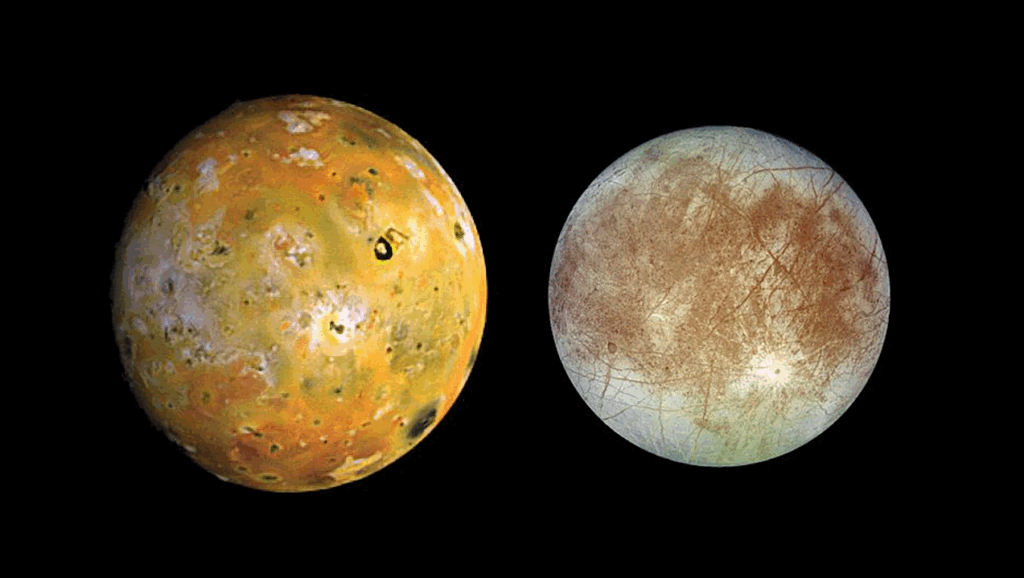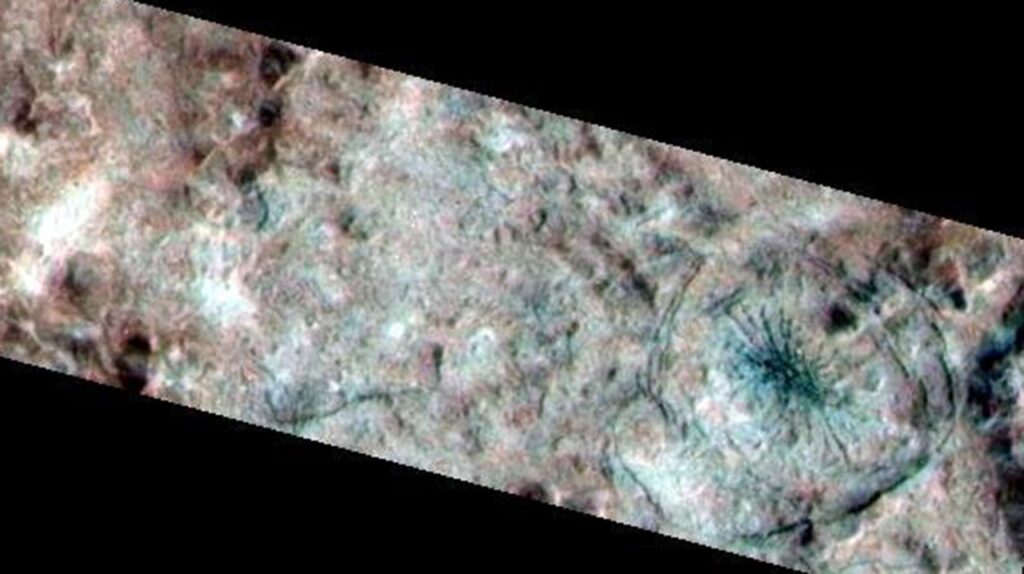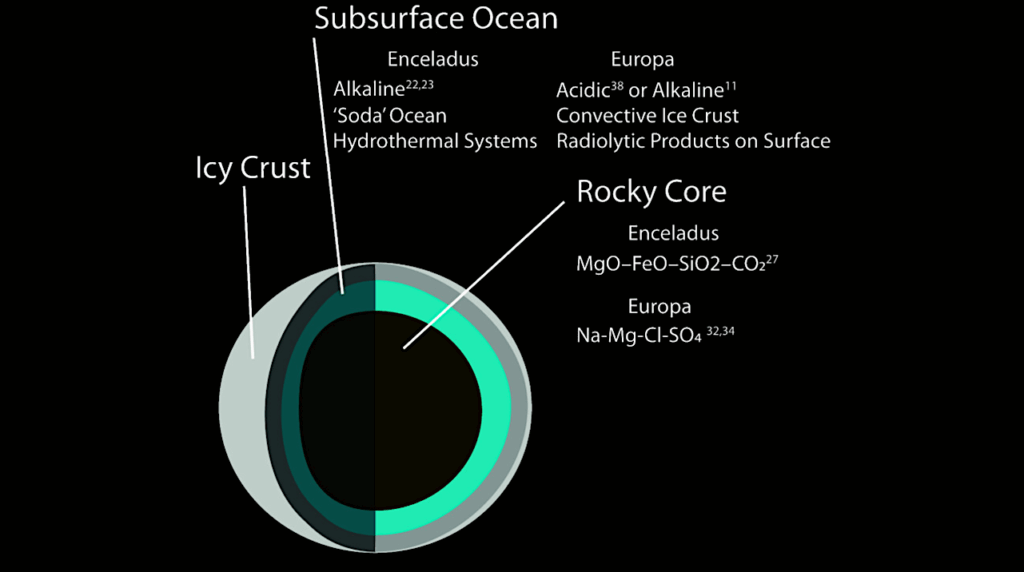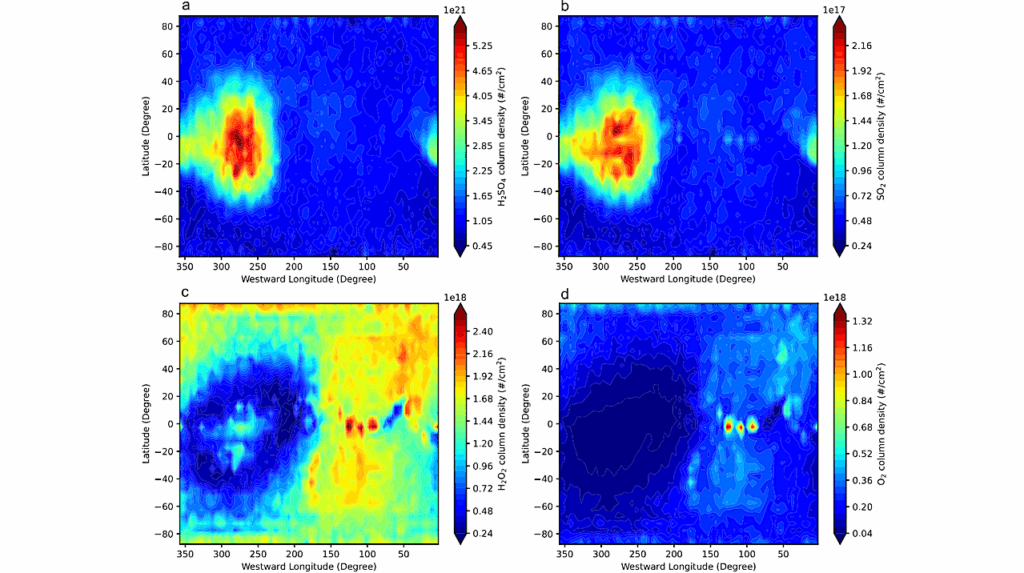Europa Clipper Planetary Protection Probabilistic Risk Assessment Summary

Protecting Jupiter’s Icy Moons from the Earth’s biological contamination is a key consideration for the Europa Clipper mission. The mission’s goal is to explore Jupiter’s moon, Europa, and investigate its habitability.
The mission must satisfy NASA’s Planetary Protection (PP) requirements specified in the NASA Procedural Requirement (NPR) 8020.12D. The NPR states, “The probability of inadvertent contamination of an ocean or other liquid water body must be less than 1 × 10−4 per mission.” The NPR defines contamination as “the introduction of a single viable terrestrial microorganism into a liquid-water environment”. The probabilistic nature of the requirement demands a probabilistic response. T
he Europa Clipper team at NASA’s Jet Propulsion Laboratory has developed an end-to-end probabilistic risk assessment (PRA) in order to demonstrate requirement compliance and inform design decisions. This Planetary Protection PRA conservatively assesses the unanticipated events that would need to coincide for the Europa Clipper mission to contaminate an ocean on one of Jupiter’s icy moons.
This quantification requires a model of: spacecraft failure scenarios and the potential that these scenarios result in an icy body impact; expected geological resurfacing timescales that may introduce transported Earth biology to interstitial liquid water; and an assessment of biological mortality throughout the journey from Earth to the subsurface ocean. The motivation behind the development of this PRA is to determine the proper amount of bioburden reduction required prelaunch in order to achieve the NPR risk threshold, while minimizing programmatic and mission risk.
Previous mathematical approaches have failed to offer such guidance, resulting in over or under-specified microbial reduction protocols and greater risk either to the exploration target or to the mission. If sterilizing spacecraft hardware is the sole solution employed to meet NASA’s planetary protection requirement, PRA results show a 13-log bioburden reduction prelaunch is necessary.
Most spaceflight electronics and optics cannot endure such microbial reduction protocols, or doing so would decrease part reliability to the point of being counter-productive. The Project, therefore, seeks to show compliance with the NPR by demonstrating the probability is sufficiently small that Europa Clipper inadvertently impacts an icy moon and subsequently delivers a fragment of hardware onto a piece of Europa that resurfaces by the year 3000 (within the 1000 year period of biological exploration).
The Project does not seek to demonstrate that the hardware would be sterile if such an unlikely event sequence occurs. This model introduces key improvements over previous planetary protection models. It affords an exact, interdependent, mathematically rigorous, end-to-end methodology for quantifying the probability of transmitting biologically viable contaminants from one planetary body to another.
The model and specific findings, as they relate to the Europa Clipper mission, are explored at a summary level in this paper, along with implications of the model’s improvements. This work provides a cornerstone for future missions that are required to perform a planetary protection probabilistic risk assessment, such as Europa Lander and Mars Sample Return.
Europa Clipper Planetary Protection Probabilistic Risk Assessment Summary, Planetary and Space Science ( IF 1.8 Submission Guide >) Pub Date: 2021-02-01 , DOI:10.1016/j.pss.2020.105139
Kelli J. McCoy , Michael DiNicola , Chester Everline , Hayden Burgoyne , Kirk Reinholtz , Brian Clement
Astrobiology








